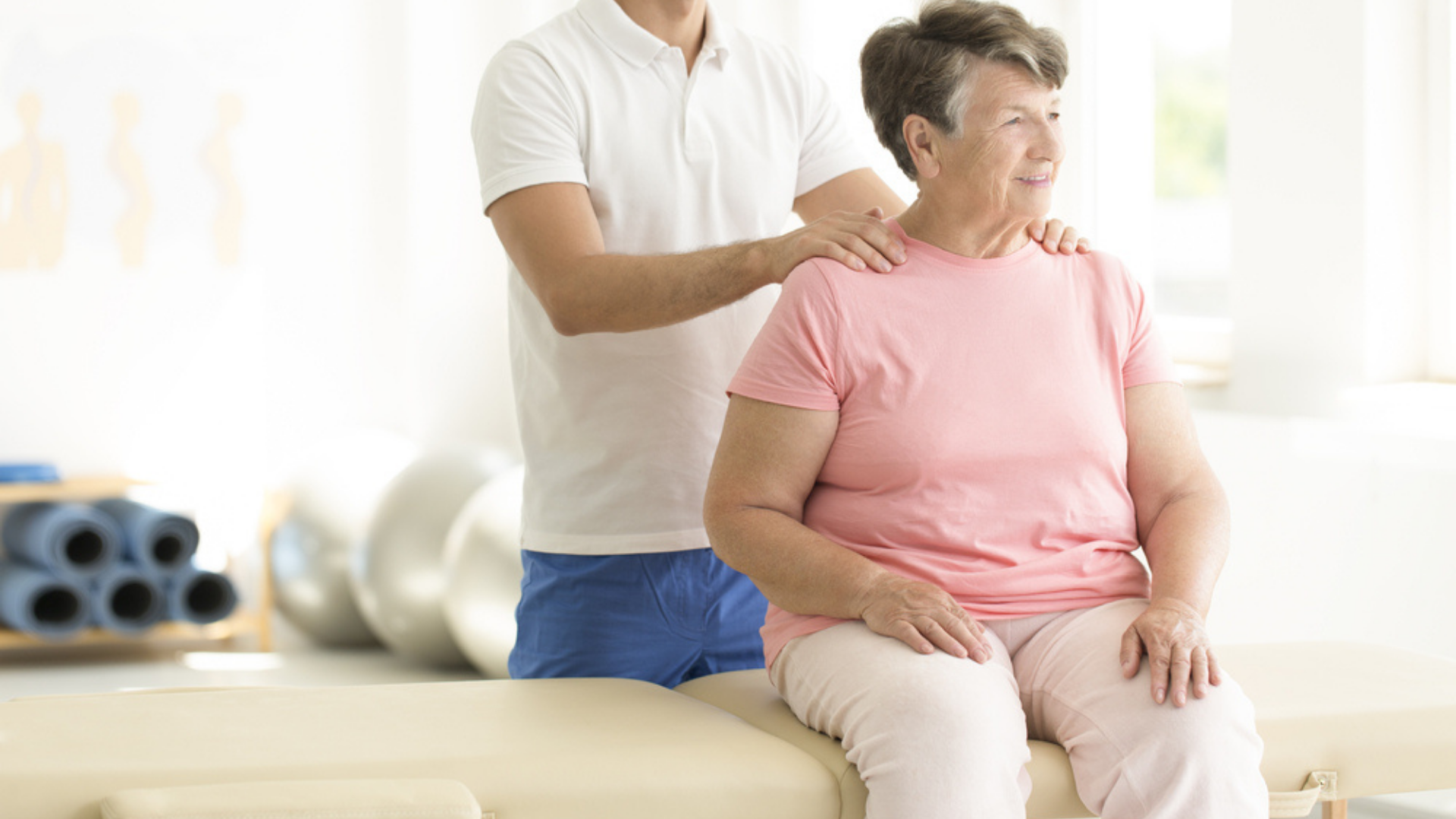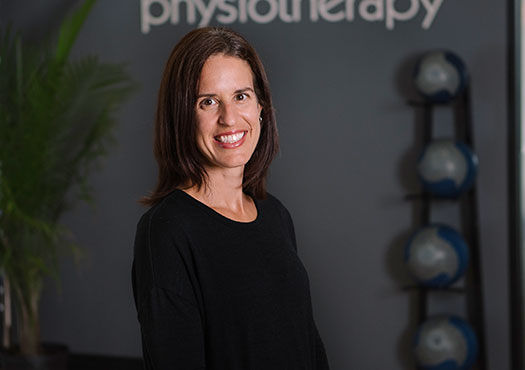Stroke can dramatically alter one’s mental, emotional, and physical functions, leaving individuals and their families grappling with a range of challenging symptoms. While physiotherapy and occupational therapy are often forefront in stroke rehabilitation, massage therapy for stroke is a vital complementary treatment.
With an aging population, greater life expectancy, and younger people having strokes, the amount of stroke rehabilitation care needed is growing. There are more than 400,000 Canadians living with long-term disability from stroke, and this number will almost double in the next 20 years.[i] In this article, we discuss how some of the symptoms of this neurological injury can be treated with massage therapy for stroke.
Table of Contents
The Effects of Stroke
Stroke can result in changes to mental, emotional and physical function. A wide spectrum of treatments can be used to improve disability after stroke, including physiotherapy, occupational therapy and massage therapy. After the initial acute phase of stroke, massage therapy can be used to help treat the effects of a stroke, including:
- paralysis or weakness of one side,
- decreased sensation,
- increased tone or spasticity,
- decreased coordination,
- swelling and pain in the affected areas due to the above symptoms,
- and stress and anxiety.
You may also enjoy reading: Balance Training for Stroke Recovery
Massage Therapy for Stroke Symptoms
Massage therapy is a therapeutic technique that promotes healing of muscle and other soft tissues by applying force to the tissues. This can be done through palpation, rolling, kneading, rubbing or pressing in combination with other techniques such as:
- gentle stroking along the length of the muscle,
- kneading and lifting the tissue or
- using circular motions of the thumb or fingertips to apply deep pressure.
Paralysis or Weakness
The paralysis or decreased movement of a limb after a stroke leads to a decreased ability to remove fluid out of the area and eventual swelling of the limb. Massage techniques have been shown to help dilate superficial blood vessels and increase the rate of blood flow to an area.[ii] This increase in blood flow, improved lymphatic drainage and decrease in swelling can help improve function of the affected area, as well as to help decrease pain related to the swelling.
Spasticity
Spasticity is a neurological condition where there is an abnormal tone or stiffness of the muscle that can lead to abnormal movement and/or pain. It is often treated with a combination of stretching protocols and Botox® injections.
While the research remains inclusive, there is some evidence to suggest that certain types of massage can have a positive effect in reducing spasticity.[iii] Massage therapy can help in maintaining the mobility of the joints and help prevent any scar tissue that may limit this mobility.
Pain
Pain can develop early after a stroke or begin months or years after the event. After a stroke, patients can develop central post-stroke pain, complex regional pain, pain associated with spasticity, and shoulder pain as a result of subluxation.
Evidence has suggested that massage therapy can have positive effects on reducing pain in a variety of populations. Massage helps to release enkaphalins (a neurotransmitter in the body that helps with pain response) and increasing production of endorphins (your body’s own natural modulators of pain perception).[iv] This reduction in pain help to improve quality of life and decrease stress and anxiety.
Stress and Anxiety
Dealing with many changes after a stroke can often result in increased levels of stress and anxiety. Massage therapy has been shown to help with decreasing levels of stress and anxiety by increasing levels of serotonin (feel good hormones) and decreasing levels of cortisol (stress response hormones).[v] These improvements in mental well being may also have a positive impact on physical health and recovery by improving mood, motivation and initiation.
Learn more about the effects of massage therapy.
You may also enjoy reading: Hydrotherapy for Stroke Recovery
Massage Therapy for Stroke at Propel
At Propel Physiotherapy, we integrate massage therapy into our holistic approach to stroke care, addressing issues such as paralysis, spasticity, pain, and stress. Through targeted massage techniques, we aim to enhance blood flow, reduce muscle tension, and alleviate pain, ultimately improving our clients’ quality of life and aiding in their journey to recovery.
Stroke is the third leading cause of death in Canada. It is the tenth largest contributor to disability-adjusted life years.[vi] This is the number of years lost due to ill-health, disability or early death. Massage therapy can play an important role in a patient’s recovery after a stroke. At Propel Physiotherapy our registered massage therapists work closely with our physiotherapists and occupational therapists to help optimize and complement therapy that will best meet the client’s needs.
Our massage therapists have the knowledge and experience in working with complex neurological demands and stroke rehabilitation.
Come see how our massage therapists can help you in your recovery.
You may also enjoy reading: Stroke Rehabilitation at Home
References
[i] Stroke in Canada, Highlight from the Canadian Chronic Disease Surveillance System
[ii] Goats GC. Massage–the scientific basis of an ancient art: Part 2. Physiological and therapeutic effects. Br J Sports Med. 1994;28(3):153-156. doi:10.1136/bjsm.28.3.153
[iii] Heidari, Z., Shahrbanian, S., & Chiu, C. (Accepted/In press). Massage therapy as a complementary and alternative approach for people with multiple sclerosis: a systematic review. Disability and Rehabilitation. https://doi.org/10.1080/09638288.2021.1949051
[iv] Debra L. Braverman, Robert A. Schulman, Massage Techniques in Rehabilitation Medicine, Physical Medicine and Rehabilitation Clinics of North America, Volume 10, Issue 3, 1999, Pages 631-649, ISSN 1047-9651, https://doi.org/10.1016/S1047-9651(18)30185-2.
[v] Field, Tiffany & Hernandez-Reif, Maria & Diego, Miguel & Schanberg, Saul & Kuhn, Cynthia. (2005). Cortisol decreases and serotonin increases following massage therapy. The International journal of neuroscience. 115. 1397-413. 10.1080/00207450590956459.
[vi] Stroke in Canada, Highlight from the Canadian Chronic Disease Surveillance System
Written by

















